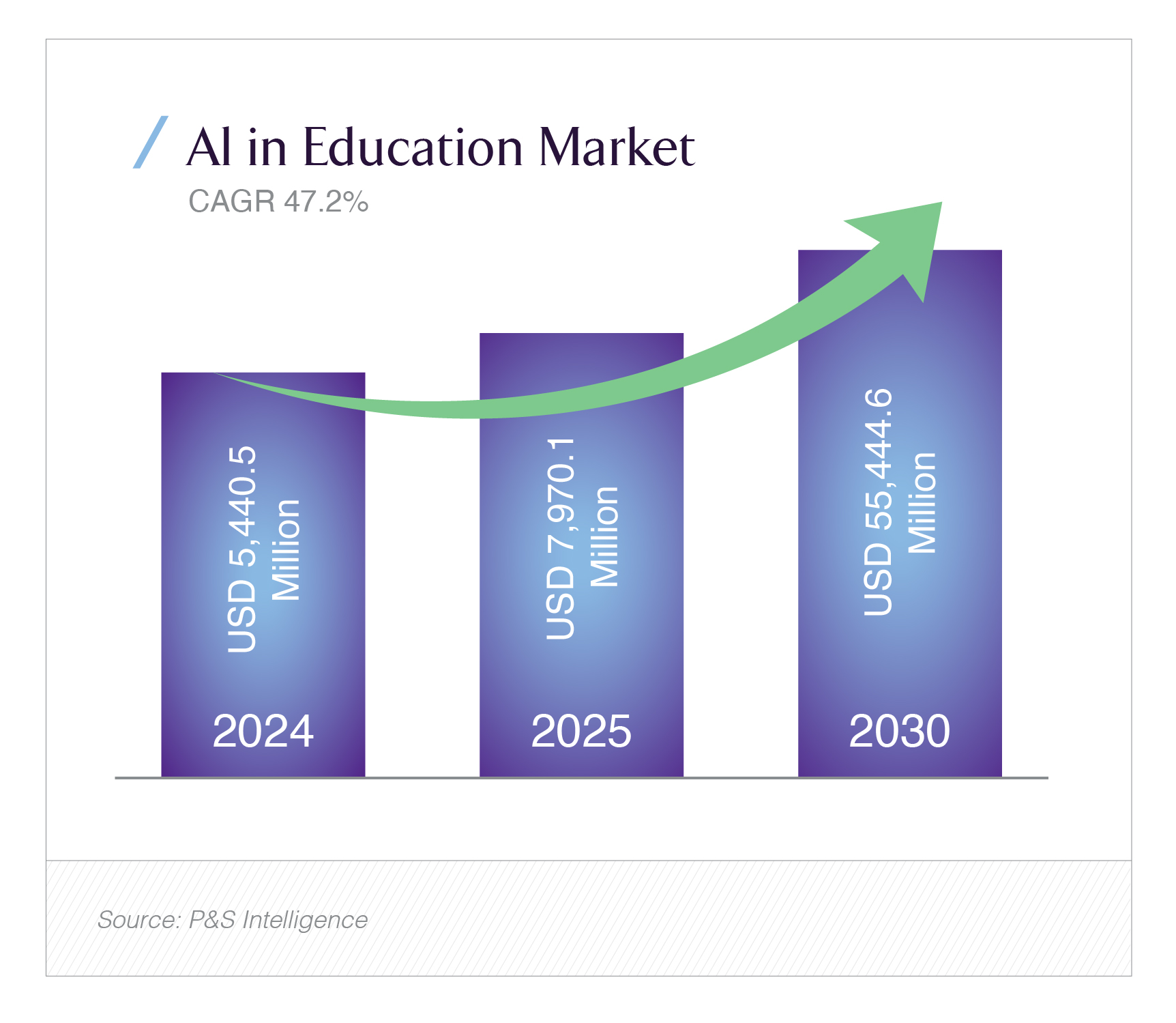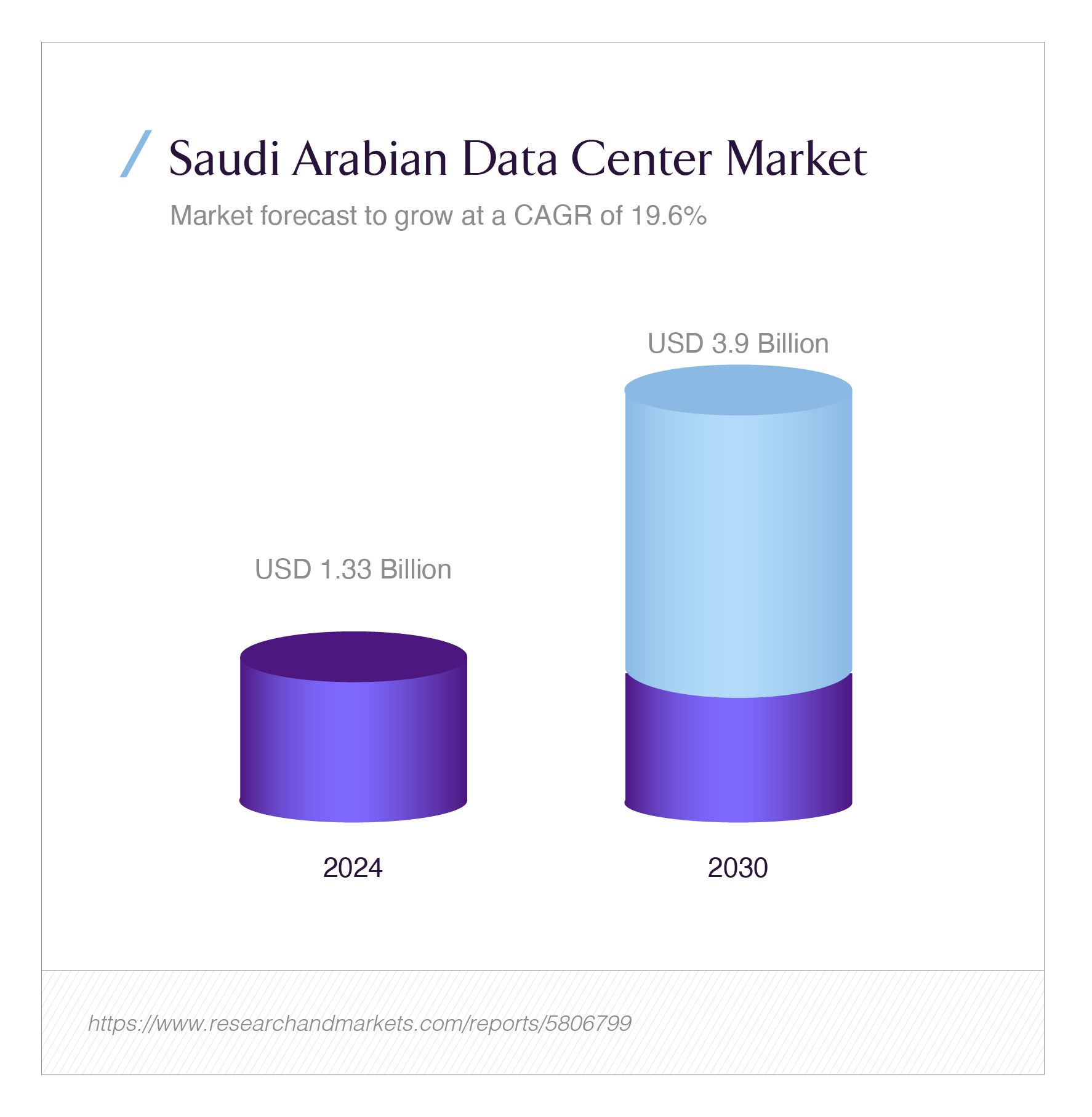By the 2025-26 school year, Saudi Arabia will start teaching artificial intelligence (AI) in all grades of the public schools. The Saudi Press Agency reported the policy on July 10, 2025 and the top publications, such as Arab News, Argaam, and Gulf News, published the report. It is being launched by National Center of Curriculum Development in coordination with the Ministry of Education, the Ministry of Communications and Information Technology, and SDAIA (the Saudi Data & AI Authority).

Nor is it one course. K-12 will have certain courses and practical study of AI. The program will be an extension of a pilot course in artificial intelligence, referred to as Introduction to Artificial Intelligence, provided earlier in 2025 to third-year learners at secondary schools.
Operationally, the change is consistent with the new two-semester school system in the Kingdom and a four-year academic plan that has recently been introduced in the public schools. That roadmap reaffirms 180 instructional days per year- helpful context when it comes to planning the teacher training and class time to cover the AI units. In August 2024, Oracle opened a second public cloud region in Saudi Arabia and Huawei Cloud said that it will open a region in Riyadh as an AI center of gravity at LEAP 2025.
Why does it matter?
The National Strategy for Data and AI (NSDAI) has a school rollout as one of its pillars and its goal is to make Saudi Arabia one of the leading countries in AI by 2030. Formal strategic plans have established the goal to draw in close to 20 billion dollars of investment in AI and generate a talent pool of 20,000 data and AI experts. The talent pipeline to hit these figures over the long term is the introduction of AI in K-12.

And there is an infrastructure backbone: the Kingdom is scaling up cloud and compute to enable AI development. Second in Saudi Arabia, Oracle is a public cloud region that will be launched in August 2024, and Huawei Cloud announced Riyadh region as the focus of gravity of AI at LEAP 2025. According to market reports, the capacity of the Saudi data-centers is expected to grow to around 1,300 MW by 2030, which is a significant figure given the current state of AI, which requires heavy computing.
Combined, the policy connects early skills (K-12), mid-term capability building (teacher training and secondary/TVET pipelines) and national infrastructure (cloud and data centers). It is mass workforce planning, beginning in primary school.
The scale of Saudi K-12
On the first day, the AI curriculum will reach an extremely large base. As of the 2024/25 school year, Saudi Arabia had about 6.72 million general education students, 36,800 schools (32,000 buildings) and more than 513,000 teachers. Approximately half of the enrolment is in primary schools. Those figures indicate the rate at which exposure to AI concepts can be scaled when the content and teacher training are ready.
The Saudi schools also have a regular 180-day calendar, which is also important when you are trying to find time to introduce new material such as algorithmic thinking, data literacy, and responsible AI.
What students will learn?
- The new AI K-12 program is going to comprise the grade-band specific planner, the Interactive and Practical activities, the Transparent AI modules.
- Step-by-step mastering of skills (patterns, logic, data) to apply (machine learning concepts, simple models, and ethics) at primary and secondary grades, respectively.
- Connection with other subjects (math, science, computing) instead of a separate siloed course and access to technical/vocational training and university.
- The content is informed by the 2025 pilot Introduction to AI in upper secondary, scoped to over 50,000 students, which piloted curriculum materials and teacher support. That pilot offers evidence on what works and then scaling down to lower grades.
It is teachers who decide on the evolution of AI education. The Ministry and SDAIA have been operating digital-skills and AI upskilling initiatives, which form part of a wider capability drive that has already equipped hundreds of thousands of Saudis with data and AI expertise. It is an intended characteristic of the NSDAI as a capacity-building impulse.
The figures are promising at the school level: more than half a million teachers will be in the loop when the training schedules are synchronized with the 2025 26 start. Combining professional development with classroom-ready materials (lesson plans, projects, safety guidance) will define the effectiveness of students' understanding of such concepts as model bias, privacy, and when to trust or not trust AI outputs.
How does it support Saudi’s compute and data strategy?
- Early exposure to AI increases the students who are ready to learn more and work in technical careers. NSDAI has also explained how education is connected to its 2030 goals of specialists and startups.
- The rise in the number of graduates pursuing AI generates a local compute, dataset, and research program demand, thus the rationale of investing in data centers and cloud regions. That is covered by the Saudi roadmap to ~1,300 MW of data-center capacity by 2030 and several hyperscale cloud regions.
- Infrastructure and talent come along with capital. The rate of AI startups and projects is high as in 2025, 1.79 billion investments in AI were made in Saudi at the LEAP tech conference.
- The outcome is alignment: universities and TVET are fed by schools, industry is fed by graduates, industry investment funds provide more capacity and programs that feed back into education. That is how a K-12 policy accelerates a national AI economy.
Risks and Execution Challenges
Saudi will need to make hundreds of thousands of teachers sufficiently literate in AI to safely guide students. This is to be addressed by the capacity-building track of the NSDAI and the current digital-skills programs. It will be important to monitor the rates of training completion in various regions (Riyadh, Makkah, Eastern).
There are 180 school days, so time is not the issue, but AI content should be able to fit into the timetable without pushing out core literacy and numeracy. The decision to integrate AI into the already existing subjects instead of creating heavy courses of their own is a realistic one.
The use of AI depends on devices, the internet, and knowledge of the teacher. National cloud regions (Oracle) and regional hubs (Huawei Cloud Riyadh) are helpful, but schools need classroom technology that is stable. The hardware minimums and student-device ratios will be based on pilot data on the 2025 secondary course.
Age-appropriate privacy, plagiarism, and bias should be introduced. SPA positions itself as being about interactive and hands-on learning; which needs a strong safety framework and teacher checklists on generative-AI use.
Saudi might also externally compare (e.g., TIMMS in math/science) in response to the question of whether AI-enhanced instruction produces better problem solving. The long-term indicators of whether AI literacy is resulting in workforce preparedness can include STEM enrolment, TVET uptake, internship placements, etc.
What success could look like by 2030
With the introduction of AI in lower grades, by the late 2020s Saudi Arabia will have its first full generation of students with years of experience using AI tools. Not only will such students know how to use such technologies, but they will also know how to use them responsibly, learning about such aspects as bias, privacy, and accuracy. The constant exposure to this develops a strong base in data processing, algorithms, and problem-solving which is applicable to almost any modern-day occupation. It is also consistent with the goals of the National Strategy for Data and AI (NSDAI) that will produce 20,000 skilled data and AI professionals by 2030. Incorporating AI concepts into the learning of students at a young age will ensure that they are already ahead of the curve by the time they get to university and the goal will be much more achievable.
The 2025 momentum, where Saudi Arabia has been getting huge investments in AI, and the growing sovereign cloud capabilities in the country, make it a great location to carry out research and innovation. High school graduates who are well prepared can transition into competitions, Olympiads, and dual-credit courses that bridge school and university-level and industry projects. Through these bridges young talent is spurred to work on new applications of AI and eventually launch their own companies too.
At the same time, one should have enough computing power to stay up to date with this growing talent. That Saudi Arabia is targeting to reach around 1,300 megawatts of data-center capacity by 2030 means that local teams will have the ability to train and run advanced AI models within the nation. This reduces the need to engage foreign infrastructure, speeds up projects and improves national data security. A combination of early AI education, good academic-industry relations and high local computing power is all part of a whole. An AI economy of this type would be able to generate a high degree of skilled labour, increase the level of research and entrepreneurship, and make Saudi Arabia a global powerhouse.
Bottom line
The decision by Saudi Arabia to incorporate AI into every aspect of public education starting in September 2025 is a systemic change in the talent development process in the nation. It aligns curriculum, teacher training and national infrastructure to specific 2030 investment, skills and computing goals. The size of the policy, millions of students and hundreds of thousands of teachers-means that the policy will be apparent quickly. Achieving “AI-ready by graduation” can be the new standard of the Saudi workforce with strong implementation of training and classroom resources.


















